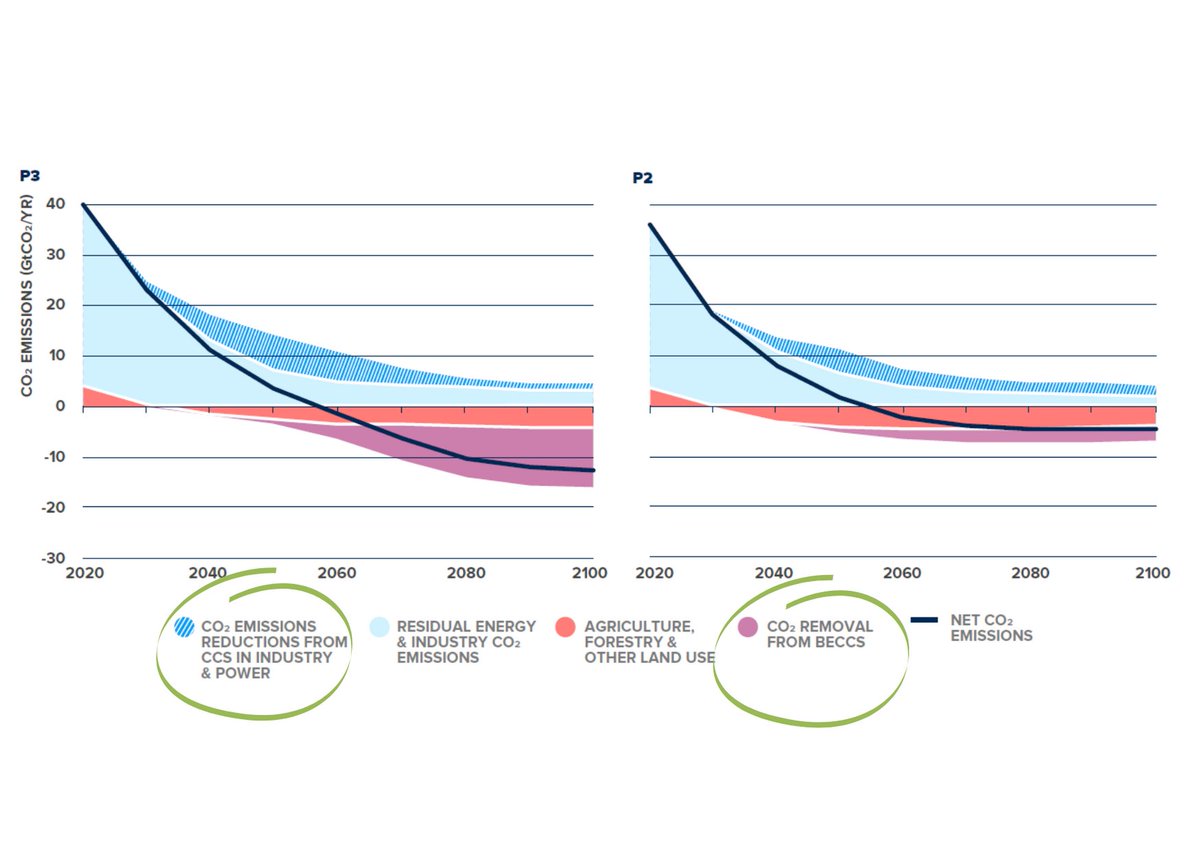
📢 Curious about #carbonremoval?
Read my new report @GlobalCCS: "Carbon Removal with #CCS technologies".
@EUCarbonCapture @Bellona_EU
@cleanaircatf @NEP_Brussels
Thread👇
1/10
globalccsinstitute.com/resources/publ…
Read my new report @GlobalCCS: "Carbon Removal with #CCS technologies".
@EUCarbonCapture @Bellona_EU
@cleanaircatf @NEP_Brussels
Thread👇
1/10
globalccsinstitute.com/resources/publ…
#carboncapture is a unique set of tech because it has a dual role in addressing #climatechange. It can help to reduce emissions from point sources, AND it can remove CO2 from the atmosphere.
Let that sink in.
There are not many solutions out there that do both.
2/10
Let that sink in.
There are not many solutions out there that do both.
2/10

All #carbonremoval approaches (natural or technological) have their advantages and challenges/limitations, my overview looks into #BECCS and #DACCS.
3/10
3/10
The #carbonremoval policy landscape is ... complicated. For many different reasons and I cover some of them in the paper.
First and obvious - it's not about the immediate future. Emission reductions will need to be prioritised for some time.
4/10
First and obvious - it's not about the immediate future. Emission reductions will need to be prioritised for some time.
4/10
But then again, after net zero point (let's hope it will be sooner rather than later), we will need to continue with net negative emissions.
Carbon removal will become the main driver of climate ambition.
5/10
Carbon removal will become the main driver of climate ambition.
5/10
We have seen that getting meaningful climate policies in place can take decades.
Currently, stakeholders have very different views about the role of carbon removal in climate change mitigation to start with.
6/10
Currently, stakeholders have very different views about the role of carbon removal in climate change mitigation to start with.
6/10
There is a need to figure out incentives for emission reductions vs carbon removal.
Not much is happening among policy makers, @Oliver_Geden has written about the state of play + suggestions in European context in more detail.
7/10
Not much is happening among policy makers, @Oliver_Geden has written about the state of play + suggestions in European context in more detail.
7/10
https://twitter.com/Oliver_Geden/status/1278298950995410948?s=19
Accounting challenges. We have BECCS in compliance markets (international GHG accounting rules exist but could be improved), and DAC in voluntary markets.
Waiting forward to @EUClimateAction certification for carbon removals to pave the way on this in 2023.
8/10
Waiting forward to @EUClimateAction certification for carbon removals to pave the way on this in 2023.
8/10
International cooperation. Which countries should/can do #carbonremoval, and how much?
This all in the context of the #ParisAgreement era of bottom-up targets, and the rich history of international #climate negotiations.
Interesting times ahead.
9/10
This all in the context of the #ParisAgreement era of bottom-up targets, and the rich history of international #climate negotiations.
Interesting times ahead.
9/10
That's it, colleagues. Enjoy the read!
10/10
10/10
• • •
Missing some Tweet in this thread? You can try to
force a refresh


